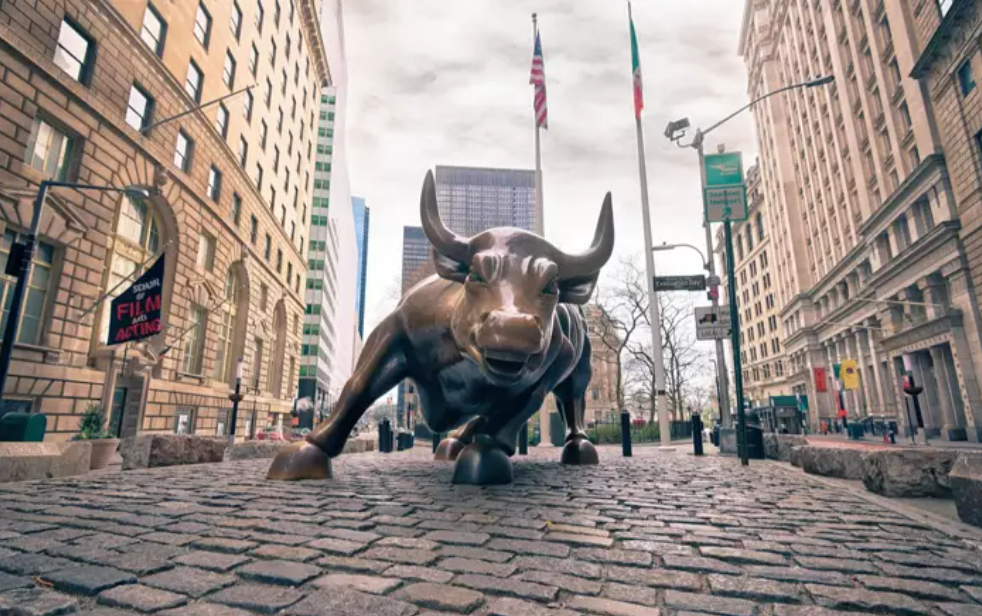
Alice Wang
Aug 12, 2022 15:13

A common benchmark for assessing the performance of all US equities is the S&P 500 index.
Additionally, much has already been said on the selloff that lasted during the first half of this year due to concerns that the Fed will raise US interest rates sharply (which it has, by 225 basis points since March).
Now reaching a record high at the beginning of the year, this blue-chip index has since fallen as much as 23.55%, entering the 'bear market' zone.
The S&P 500, on the other hand, has increased by 14.8% since mid-June. The closing price of this index reached its highest level since May yesterday (Wednesday, August 10).
Is the worst of the US stock market selloff now behind us? is the current hot topic of discussion.
The S&P 500 is being keenly watched by markets to see whether a significant piece of technical data that might significantly answer that issue surfaces today.
But first, let's attempt to figure out what, if anything, may be behind the S&P 500's recent advances.
The markets' perception that the Fed has completed the most of its rate rises is perhaps the main factor.
The Fed has increased interest rates by 225 basis points since March. Markets now believe that the Fed will raise interest rates by just 125 basis points between this month and March 2023.
Markets believe that the US central bank must then begin to reverse its rate increases (i.e., lower interest rates) sometime in the middle of next year in order to either prevent the US from entering a full-fledged recession or at the very least to support the demand that the Fed has already started to destroy in the name of taming raging inflation.
Remember that riskier assets like equities often loathe the idea of US interest rates rising.
However, any respite from such perceived worst-case scenarios should result in a rebound for risk assets if the worst of those anxieties (markets formerly believed that the Fed would initiate a massive 100 bps raise) had already been priced in.
As a result, the aforementioned story has given investors confidence, and they have so far benefited from "buying the drop" (at least so far).
Which brings up the primary question again.
And now for the crucial technical sign that might determine whether the S&P 500's mid-June low of 3637.3 was the lowest point in this most recent selloff.
The Fibonacci retracement level of 50% must be closed above by the S&P 500.
Looking at the chart above, we can see that the S&P 500 has managed to cross the 4228.6 line, which represents the midpoint of its decline from peak to trough in the first half of this year.
In 18 of the 19 bear markets experienced since World War 2 (with the exception of the bear market of 1973–1974), the S&P 500 goes on to make a recovery/mark a new bull run once it closes back above its 50% Fibonacci retracement line, according to data compiled by CFRA (research firm) and S&P Global (ratings, analytics, and market intelligence agency).
In other words, market players will be more confident in claiming that the market bottom has actually been reached until the S&P 500 posts a daily close above 4228.6.
Additionally, the S&P 500 has already recorded a higher high than the 4205.7 late-May cycle top.
While a daily close above the 50% Fib retracement level may have more significance, a similar technical event may be utilized to determine if the S&P 500's downtrend has been broken.
Markets never move in a single, straight path, to be clear.
Instead, if the index registers a daily close above that 50% retracement level, the theory is that the S&P 500 will not decline any farther than the mid-June bottom of 3637. (or so suggest the proponents of such a signal).
Risk assets have obviously benefited over the last two months from the belief that future Fed rate rises would be lower and fewer.
The fact that the headline US inflation report for yesterday (Wednesday, August 10) was lower than anticipated gave rise to this idea.
Simply put, the consumer price index (CPI) increased by 8.5%. That is less than virtually all economists (at least those polled by Bloomberg) had predicted, and it is also less than the 9.1% increase in the CPI during the same period in June.
Those who have recently benefited from increases tend to believe that US inflation has peaked, which may enable the Fed to scale back on its aggressive approach to combating decades-high inflation.
So, it's unclear if US inflation has really peaked. Additionally, if efforts to achieve a complete recovery for the S&P 500 may be hampered by a full-blown, risk-off recession.

Aug 12, 2022 15:04
